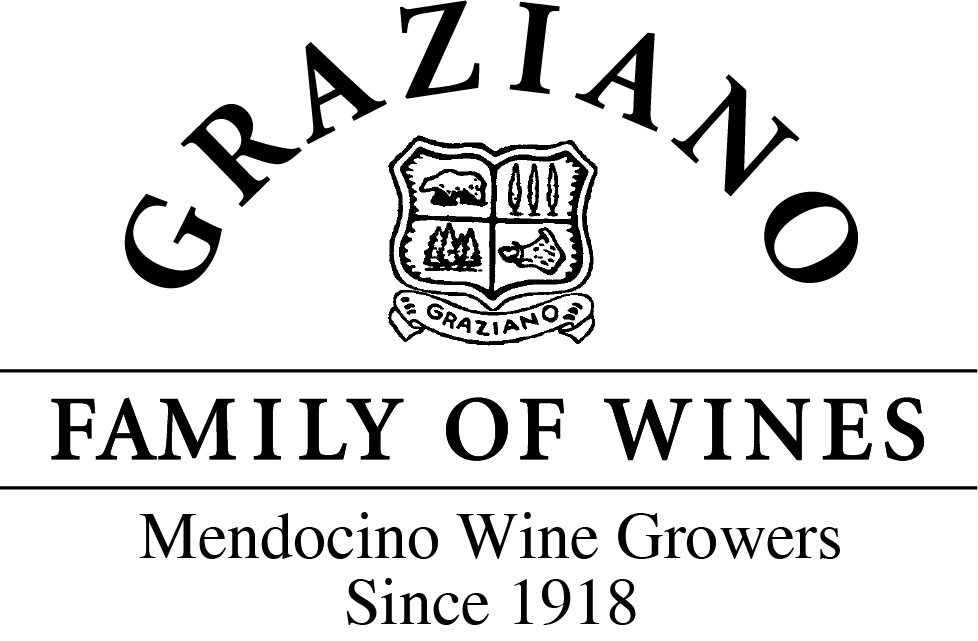Our Thoughts on Chenin Blanc
We ask one of life’s important questions… What ever happened to Chenin Blanc? In one word: Chardonnay.
In today’s world it seems that we are always living for the moment. If you’re a movie star you are only as good as your last picture. If you’re a rock star you’re either on the top ten charts or playing at some small venue like a bar or dingy old theater. No longer can you pack in enough fans to fill a stadium like the Oakland Coliseum. Has your acting or music become inferior? In many cases it is actually better. Many of these artist’s best. They are not interested in creating their art for the masses but for the select few who truly enjoy their talent and style.
I like to think that if Chenin Blanc was a rock-n-roller or a movie star that is how it would be. These old vines, with their roots deeply penetrating the earth, bring up a complex array of minerals and moisture that make the vines survive in difficult times and create wines that possess a unique minerality and quality that young vines can never bring to the wine. In the old world of white wine, Chenin Blanc, along with Riesling, Sauvignon Blanc and Chardonnay, was one of the most important white wines. Chenin Blanc, which is grown mainly in the Lorie Valley in France, is one of the world’s most versatile varieties, producing everything from crisp steely dry wines, medium sweet wines, great sparkling wines, to rich, super sweet dessert wines like Quarts de Chaume.
When I was formulating the plans for my first winery Milano, there were many Chenin Blanc vineyards in Mendocino County. Back then, for the larger Napa Valley wineries such as Beringer, Charles Krug and Christian Brothers, Mendocino and Sonoma Counties were good, reliable and less expensive places to buy some of their Chenin Blanc grapes. When those family wineries in Napa became corporate and Chardonnay became so popular, it was slow death to the Chenin Blanc grape, especially here in the north coast of California. At Milano in 1977 we purchased some good Chenin Blanc from the Hopland area and for several years created a very nice dry white wine until we also got the Chardonnay bug. Chardonnay was the new darling white grape in California that everyone wanted, so like many others we let our Chenin Blanc program die, which was a decision I now regret.
Today there are only four Chenin Blanc vineyards left in Mendocino County and only a few in Napa and Sonoma. Most of the Chenin Blanc production moved to the Central Valley where production cost is less expensive to such areas like Clarksburg and Lodi. These are decent areas to grow the grapes but not as good as the north coast of California. Most of these north coast vineyards are old-vine vineyards because no one has planted Chenin Blanc here 40 years. It is a distinct pleasure to produce such wonderful and interesting wines from this lovely varietal and to help save the vinous gene pool that is so important.
Greg Graziano
